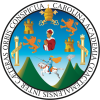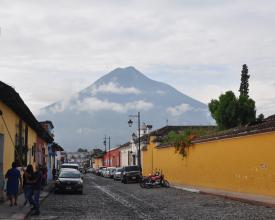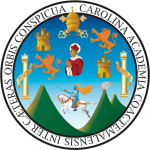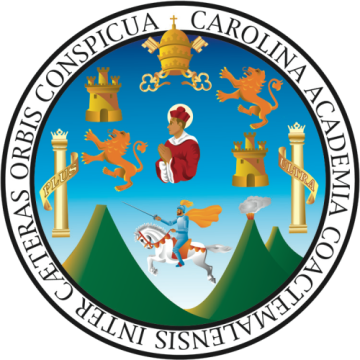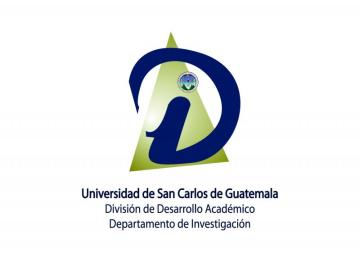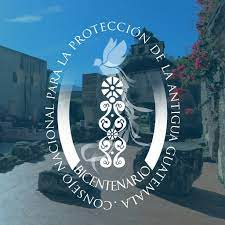
La Antigua Guatemala a living heritage: Integrating natural and intangible cultural heritage in the management and conservation of the city and its surroundings.
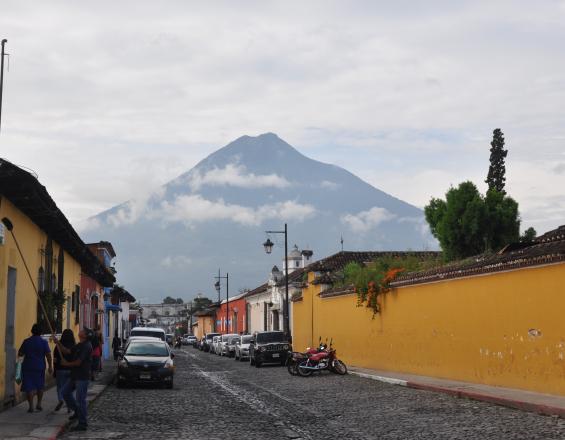
La Antigua Guatemala is protected by national law and was declared a World Heritage Site in 1979 because its urban fabric and architecture express the history of Santiago de los Caballeros, an important colonial capital city in the former General Captaincy of Guatemala (16th-18thC) in Central America. Boundaries and an influence area were defined, but not a buffer zone.
Since then, heritage legislation has evolved, in parallel to the international conceptualization of heritage: since 2008, the Operational Guidelines for the implementation of the World Heritage Convention recommend a buffer zone as a mechanism for adding protection to the heritage place. Furthermore, recognizing natural and intangible cultural heritage values in addition to the Outstanding Universal Value has become of paramount importance. In 2021, the CNPAG and USAC established a partnership within the ICCROM-IUCN World Heritage Leadership Heritage Place Lab, to address collaboratively these management issues through research.
Context
Challenges addressed
Location
Impacts
The main impacts of this collaboration are:
1.- Linking and networking the University of San Carlos with site managers, in Guatemala, as well as with other World Heritage sites, and sharing experiences, focused on the importance of research, in a collaborative and peer-learning environment between the entities involved and in direct contact with international heritage practitioners and researchers.
2.- Through a reflective process, the Team broadened the perspective towards living heritage and its interconnection with tangible heritage, governance, and participatory management models.
3.- The Team identified the need for intergenerational knowledge in higher education, which requires collecting spread information about the heritage place, to identify research priorities.
4.- The Team identified the impact of demographic and urban growth, as well as the risks and their degree of vulnerability that affect both the built, natural, and intangible heritage, as well as the population inside and outside the conservation area.
5. The Team recognized the importance of biological corridors in the surrounding areas of La Antigua Guatemala, as a factor for heritage conservation and risk reduction.
6. The Team identified the knowledge gaps that need to be addressed to conceptualize a buffer zone for the heritage place.
